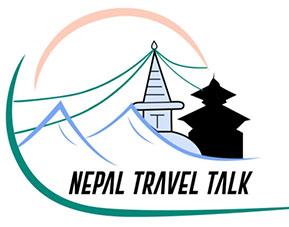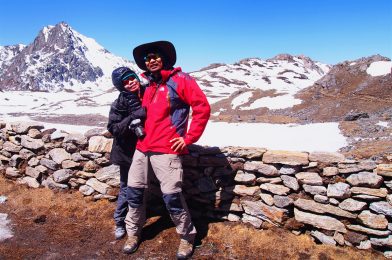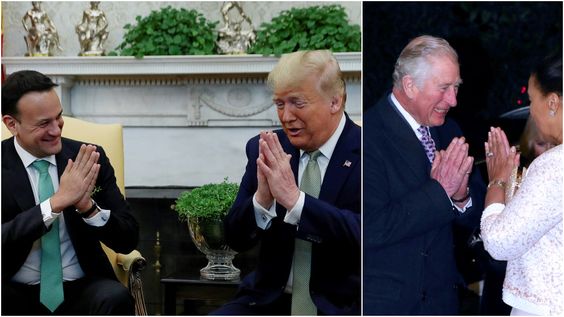Honeymoon places in Nepal ? Where to go? What to see? In this blog, we will give you some ideas. are listing down Top 12 Nepal Honeymoon Places for you to make decision.
Best destination for honeymoon in Nepal:
1) Kathmandu
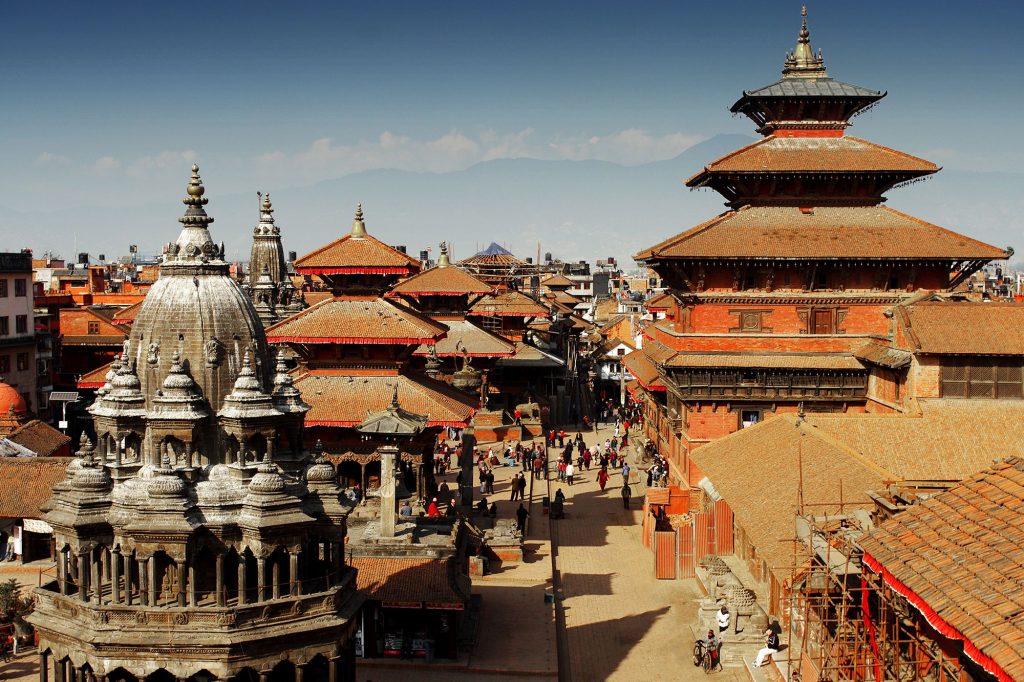
Kathmandu is the capital, largest and the most ancient city of Nepal situated at the height of 1380 meter. It is also known as the city of temples, palaces and stupas such as Pashupatinath temples, Boudhanath Stupa, Monkey temple, Patan and Kathmandu durbar square and many scenic places.
2) Nagarkot
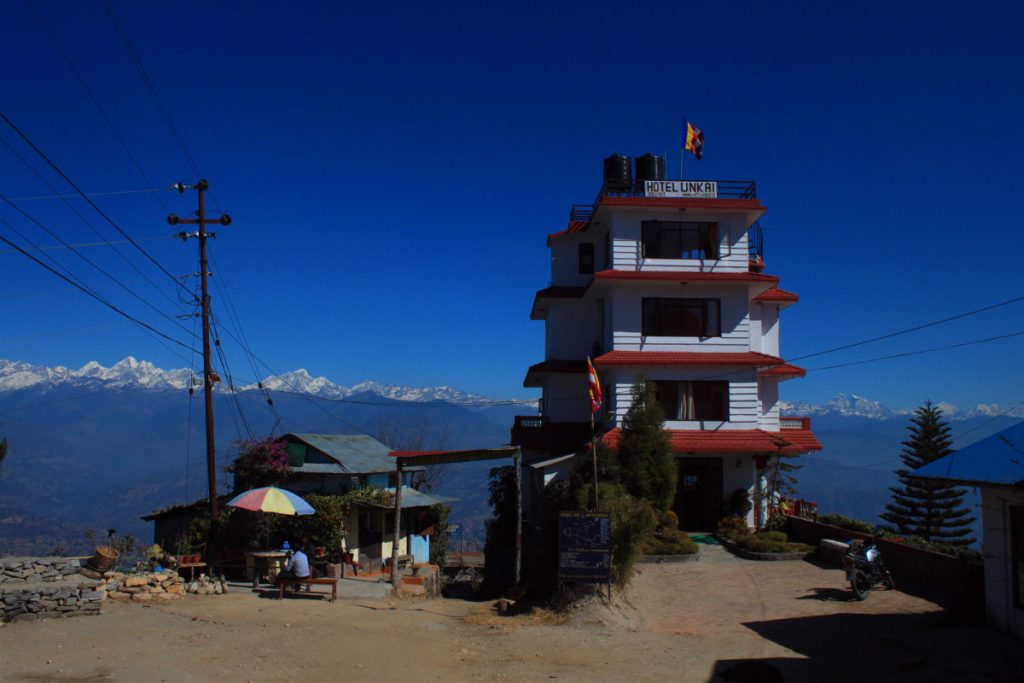
30 km from Kathmandu and 2175m above sea level, Nagarkot provides stunning views of sunset, sunrise and mountain ranges including Manaslu, Ganesh himal, Langtang, Jugal, Gaurishankar, Rolwaling, Mt. Everest and Numbur. Opportunities for short trek and hiking.
3) Dhulikhel
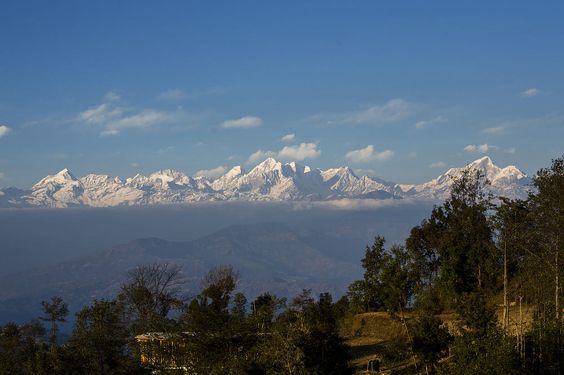
Located at an altitude of 1700 meter above the sea level, Dhulikhel is one of popular hill stations of Kathmandu, renowned for viewing sunrise and sunset. It also provides a panoramic view of Himalayn peaks such as Mt Annapurna(8091fm), Mt. Ganesh (7429m), Mt Langtang (7234m), Mt Phuribichyacha(6637m), Mt Gaurishankar(7134m) and Mt Lhotse(2516m). Dhulikhel is an ancient town inhabited by Newar ethnic community.
4) Chandragiri Hill
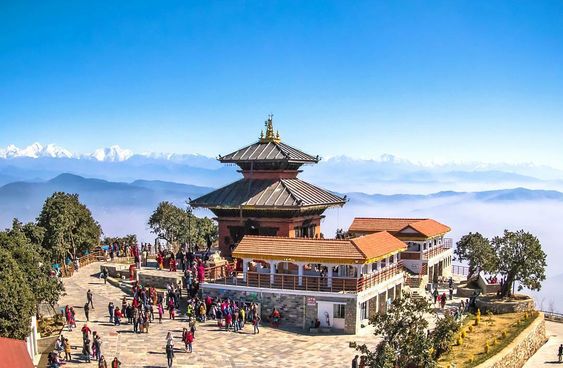
Chandagiri Hill is located on the southwest side of Kathmandu valley, at 2551 meters above the sea level. The hill is associated with both Hindu and Buddhist religion. The hill provides panoramic views of Kathmandu valley and Annapurna, Langtang, Ganes Himal and Everest peaks. You can easily get to the top of the hill on a cable car.
5) Kalinchowk
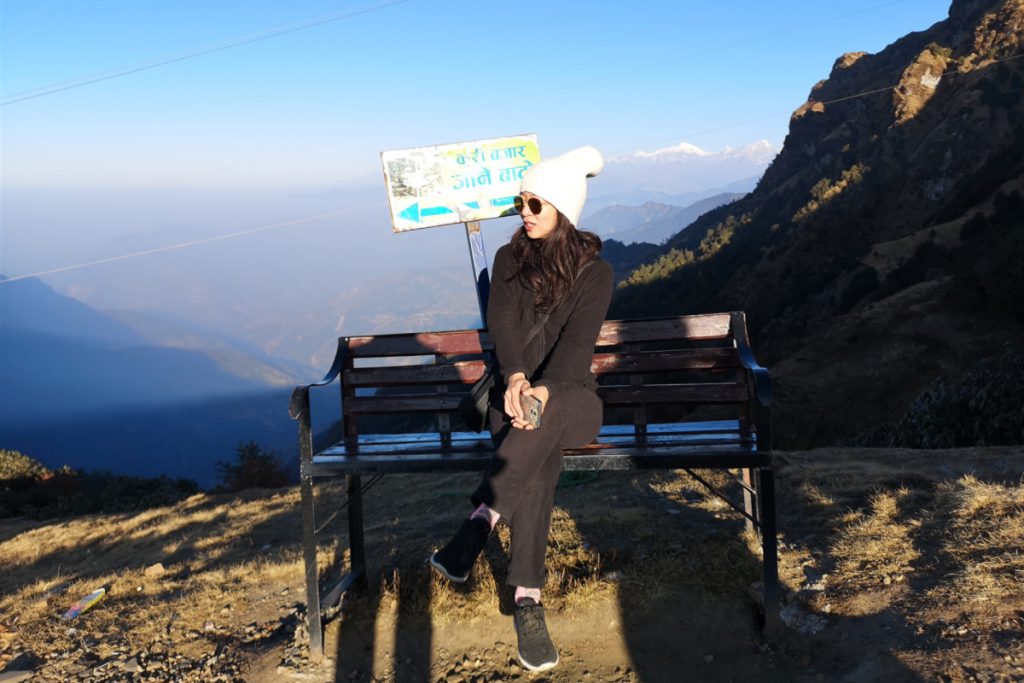
Also called Nepal’s Switzerland, Kalinchowk is located in Dolakha district. It is located at 150 km distance from Kathmandu and is reachable by 8 hrs drive. The place is really popular among local as well as foreign tourists.
At 3800m, Kalinchowk is a great viewpoint to see beautiful views of Gauri Shankar. On the top of a hill is a temple dedicated to Goddess Kalinchwok. To reach there takes one and half hour’s steep hike from Kuri village or you can also take a Cable car which takes you there in 2 minutes. Visiting Kalinchowk during winter time offers travelers the opportunity to play with snow or ski.
6) Chitwan National Park
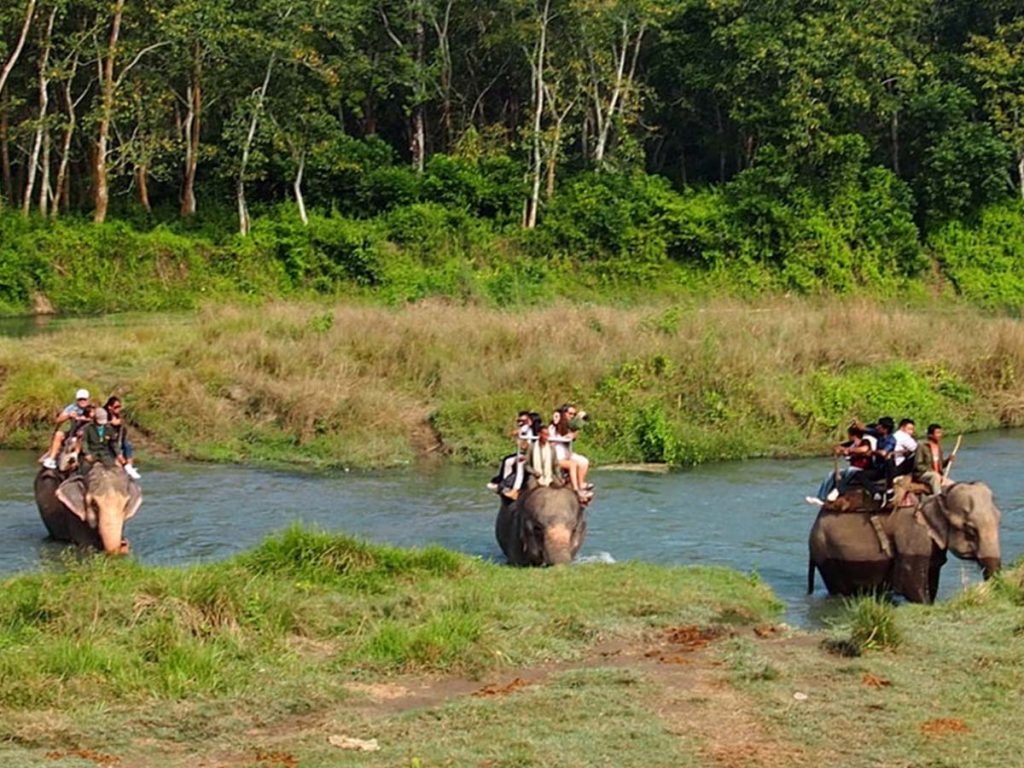
The first national park In Nepal, Chitwan National Park is a World Heritage Site. This 932 sq km of park consists of dense forest, marshlands and grassland inhabited by such endangered species as tigers, rhinos, elephants, crocodiles and even dolphins. Wildlife safari, bird watching, canoeing, elephant bathing, crocodile breeding is some of the activities you can be involved in.
7) Bandipur
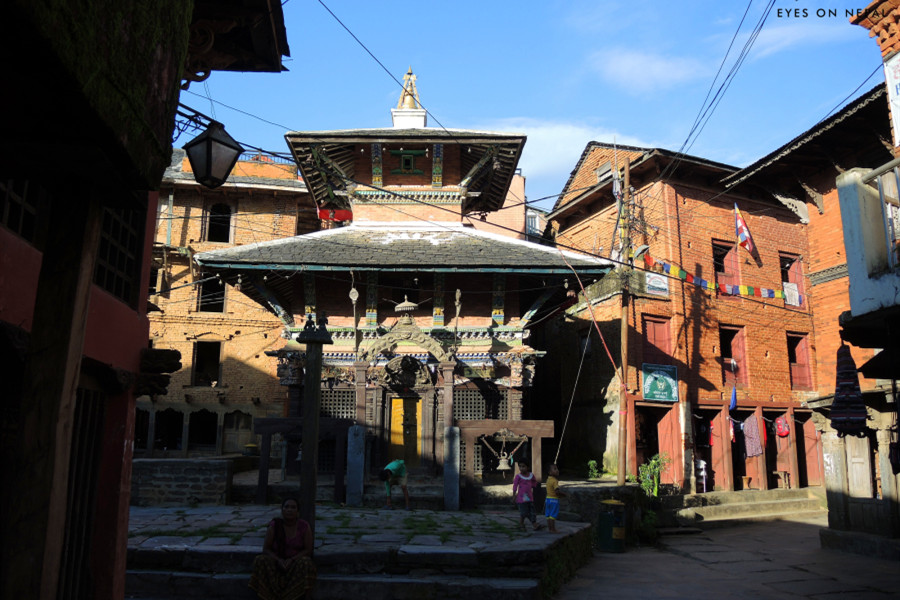
Situated 9km off Kathmandu Pokahra highway, it takes about 30 minutes’ drive to reach Bandpur from Dumre. Bandipur located at an altitude of 1030m was once a trading transit center between Kathmandu and southern region of Nepal. The town is predominantly inhabited by Newar ethnic community who has their unique culture and festivals. Bandipur is also a famous viewpoint to see a panorama of Himalayan peaks. Short hikes and treks are also possible from Banidpur to nearby Thani Mai temple in Gurungche hill and Siddha cave.
8) Pokhara
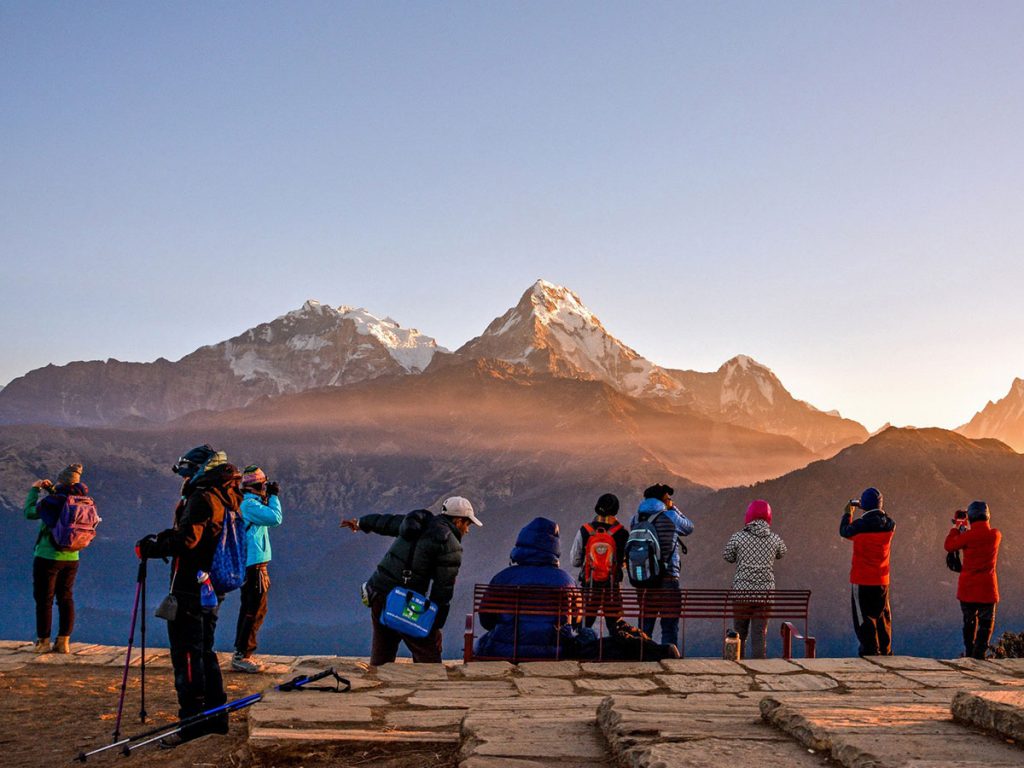
Situated 200km southwest of Kathmandu, Pokhara is gateway to world famous Annapurna treks and a mecca for adventure activities including rafting, bungee, gliding, boating, short trek and hike, pony rides, paragliding, Zip lining etc. Pokhara ticks all the right mood with beautiful lakes, stunning views of Annapurna mountain ranges, natural caves and museums.
9) Dhampus
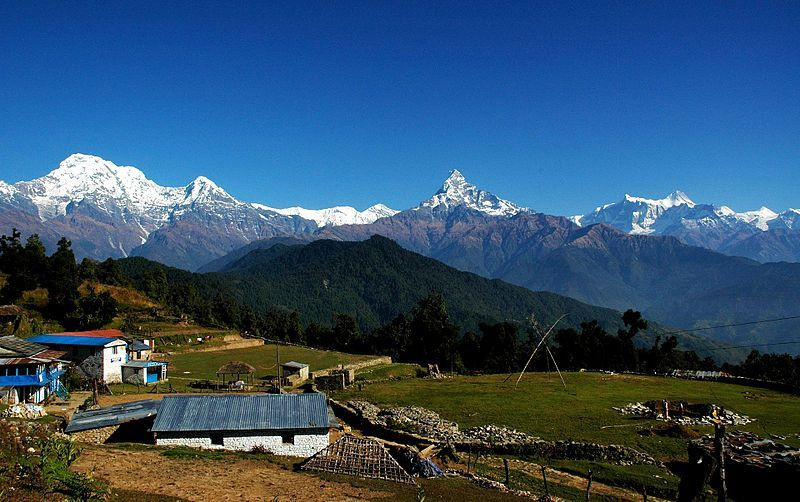
Dhampus is situated nearby Pokhara. It is most probably the most clicked village in Nepal. Dhampus is not only great to observe the traditional lifestyle of Gurung and Magar people but also a great trail to catch the views of Fishtail, Annapurna South, Lamjung mountains.
10) Jomsom
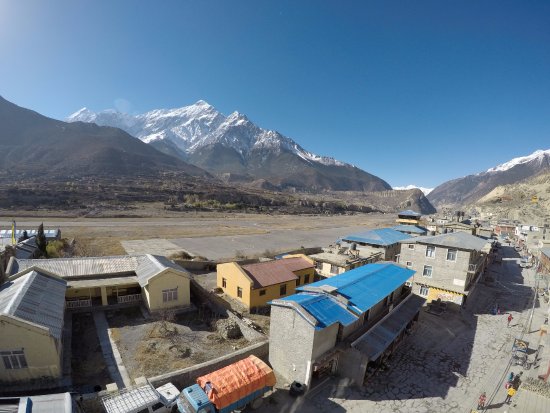
Jomsom (2700m) is the headquarters of Mustang district located on the bank of Kali Gandaki River. Originally a Dzong or fort, Jomsom was once a trading center between Nepal and Tibet. Today it falls in the Annapurna trekking route and is the gateway to the temple of Muktinath. Jomsom is inhabited by Thakali community who are famous for their cuisine and trading skills.
11) Palpa
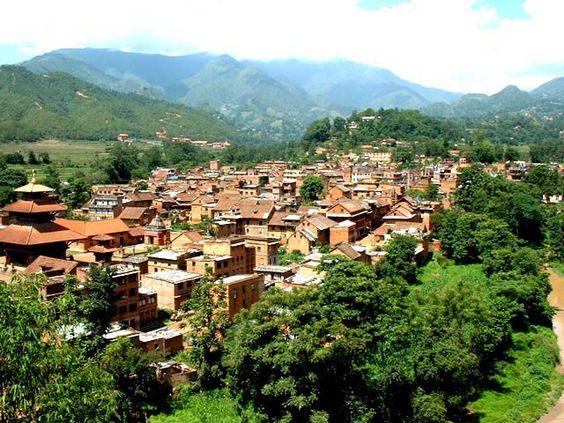
Perched high above the kali Gandaki River is the ancient hill town of Palpa. It is one of the warmest valleys in Nepal and an important trading center during medieval times. Palpa is still famous for its cobbled streets and traditional Dhaka topi. Hiking to nearby Shreenagr hills, touring of Rani Mahal on the banks of Kali Gandaki River or strolling on the banks of the river are some popular activities for tourists visit Palpa.
12) Ilam
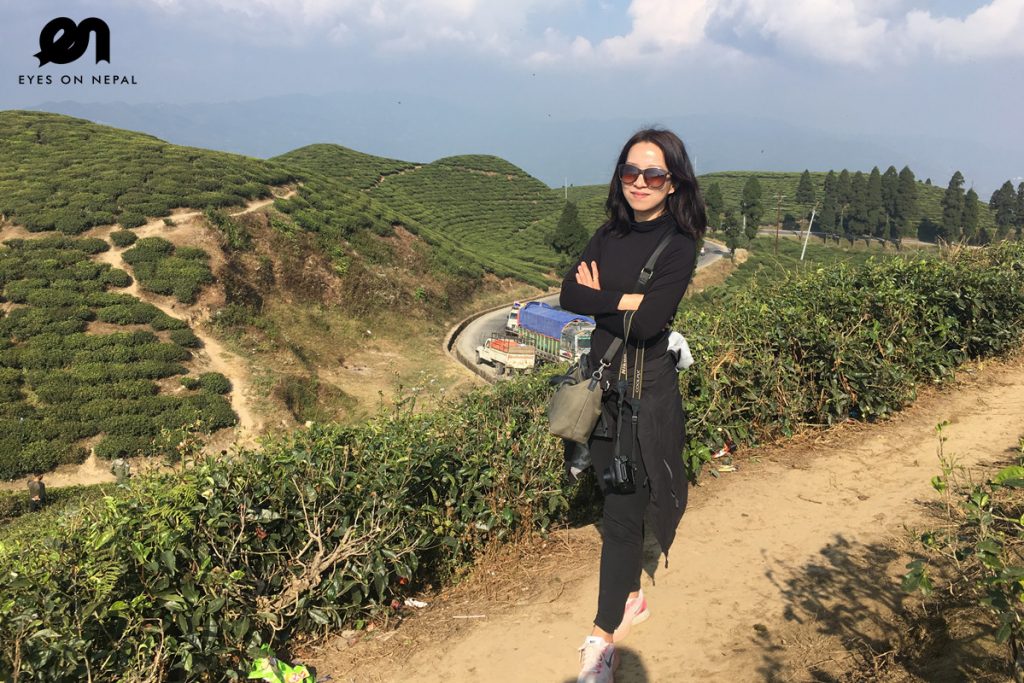
Located in eastern Nepal, Ilam is very popular for its beautiful and lush tea gardens. Ilam exports high quality Himalayan tea in domestic and international markets. Aside from tea plantation, you can also visit many cultural, natural and religious sites in and around Ilam such as.
Antu Danda, Mai Pokhara, Sadakpur, Kanyam and Fikkal, Siddhi Thumka, Chhintapu, Gajr Mukhi, Pathibhara and Mai Beni.
Nepal honeymoon places – above TOP 12 Best destination for honeymoon in Nepal is one of the best and most romantic destinations for honeymoon couples or partners to enjoy and celebrate marriage- life’s auspicious point.
Make your honeymoon with your beloved more memorable and exciting by visiting Nepal.
Nepal honeymoon place will allow you to spend plenty of romantic time with your partner and take time to tour cultural sites, visit waterfalls, lakes and caves, witness spectacular views of Himalayan peaks and make love on a moonlit night.
Our Nepal honeymoon programs offer you candle lit dinners, private service, transportation and great cuisines:
